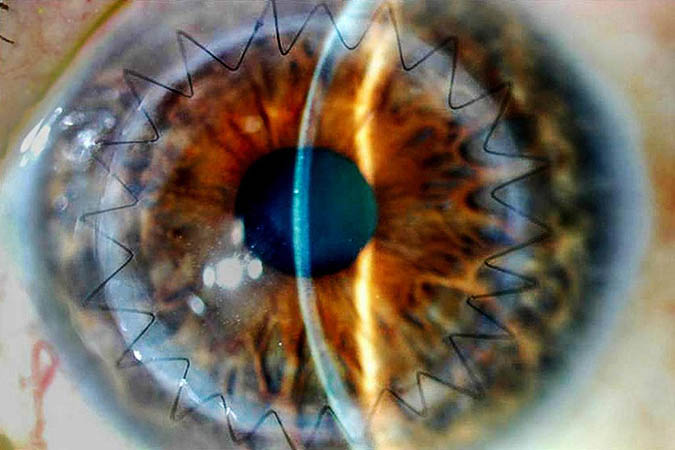By Stefanie Jackson – Organ donation is a subject that one Eastern Shore citizen keeps especially close to her heart because of the impact it has made on her family and the contributions her family has made to the cause.
Jane Cabarrus, president of the Northampton County NAACP, recently announced that August is National Minority Donor Awareness Month.
According to the U.S. Department of Health and Human Services, Black Americans made up 28.7% of all patients waiting for transplants but only 12.5% of organ donors in 2019.
That same year, only 25.8% of Black Americans who were waiting for a transplant received one, while 47.6% of White Americans on the transplant waiting list received the organs they needed.
Black Americans have higher rates of diabetes and high blood pressure than White Americans, so Black Americans are at higher risk for organ failure.
The kidney is the organ needed most by both Black and White patients on the U.S. transplant waiting list.
About 93% of Black patients and 74% of White patients on the organ transplant waiting list need a kidney.
There are more than 112,000 people on the waiting list, and about 30,000 of them are Black patients who need kidneys.
Black Americans were 12.7% of the U.S. population in 2019 and made up the largest group of minorities in need of organ transplants.
National Minority Donor Awareness Month was started in 1996 by the National Minority Organ Tissue Transplant Education Program to provide organ donation education, encourage donor registration, and promote healthy living and disease prevention to decrease the need for transplants.
Cabarrus learned about the importance of organ and tissue donation when her daughter, Tracy Giddens-Jarrett, received a cornea transplant in 1984.
Giddens-Jarrett, a longtime glasses wearer, realized something was wrong in her freshman year of college when she could no longer see the board in class, but stronger glasses did not help.
She learned she had a degenerative eye disorder that caused her corneas to become thin and change shape, distorting her vision. Cornea transplants were the only solution.
Giddens-Jarrett received her second cornea transplant in 1988.
In the 1990s, Cabarrus began volunteering for LifeNet Health, a Virginia nonprofit that handles organ and tissue donation.
Roughly a decade later, Giddens-Jarrett became a transplant coordinator for LifeNet and still works for the organization today.
Effie Marie Giddens Spady, Cabarrus’ sister and Giddens-Jarrett’s aunt, died in 2018, but their loss was another’s gain.
“Many years ago, Effie chose to be an organ donor so that others could live,” Cabarrus wrote in a tribute to her sister.
An organ and tissue donor can save eight lives and improve the quality of life of 50 people.
Organs that can be donated include the heart, lungs, liver, kidneys, pancreas, and intestines.
Tissues that can be donated include corneas, bones, tendons, heart valves, arteries, veins, and skin.
According to the Health Resources & Services Administration (HRSA), anyone can be an organ donor, regardless of medical history. A transplant team decides which organs and tissues can be used after the donor dies.
There is no age limit to be an organ donor. The oldest organ donor in the U.S. was 93.
Being an organ donor does not affect medical care. HRSA’s website states, “When you are sick or injured and admitted to a hospital, the one and only priority is to save your life. Period.” Organ donation occurs only after all lifesaving measures have failed.
For more facts about organ donation, visit https://www.organdonor.gov/about/facts-terms/donation-myths-facts.html
Virginians can become organ donors when they renew their driver’s licenses or ID cards at a DMV office or the DMV website, or by visiting http://DonateLifeVirginia.org



